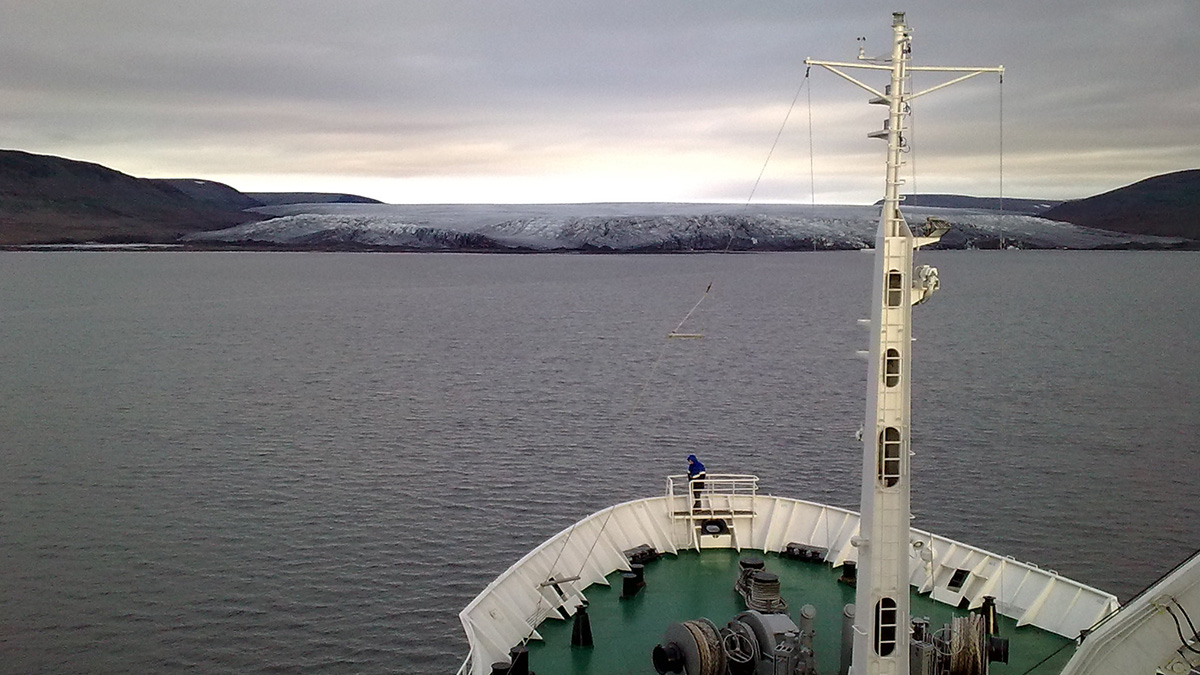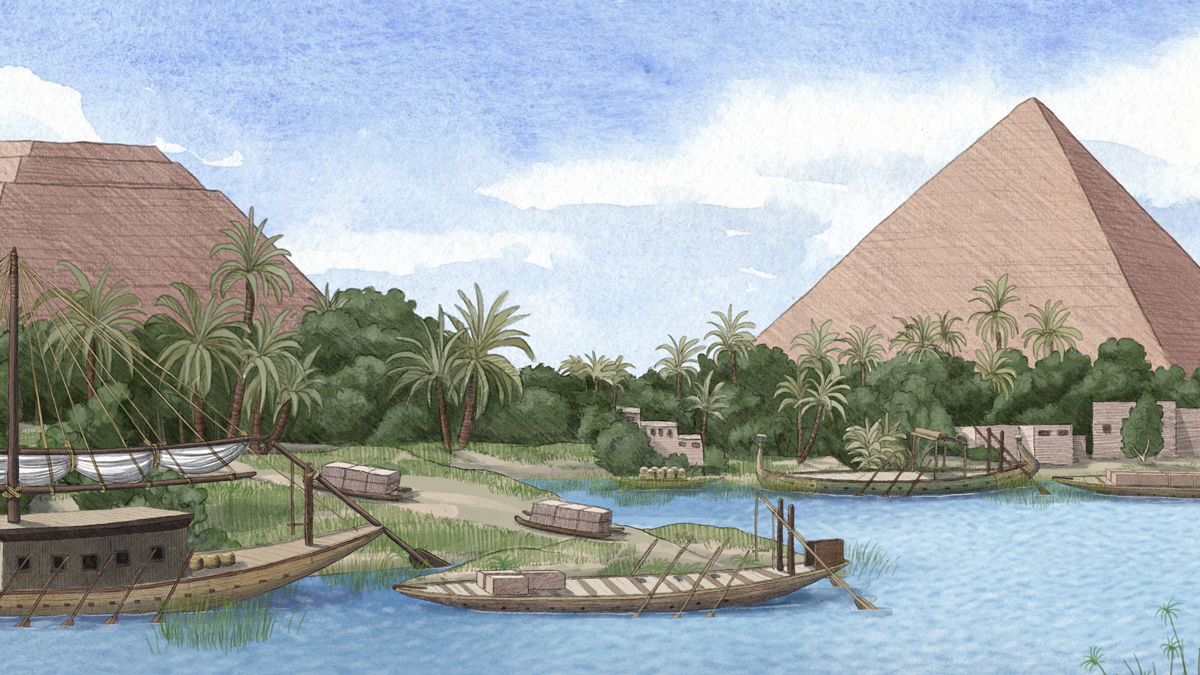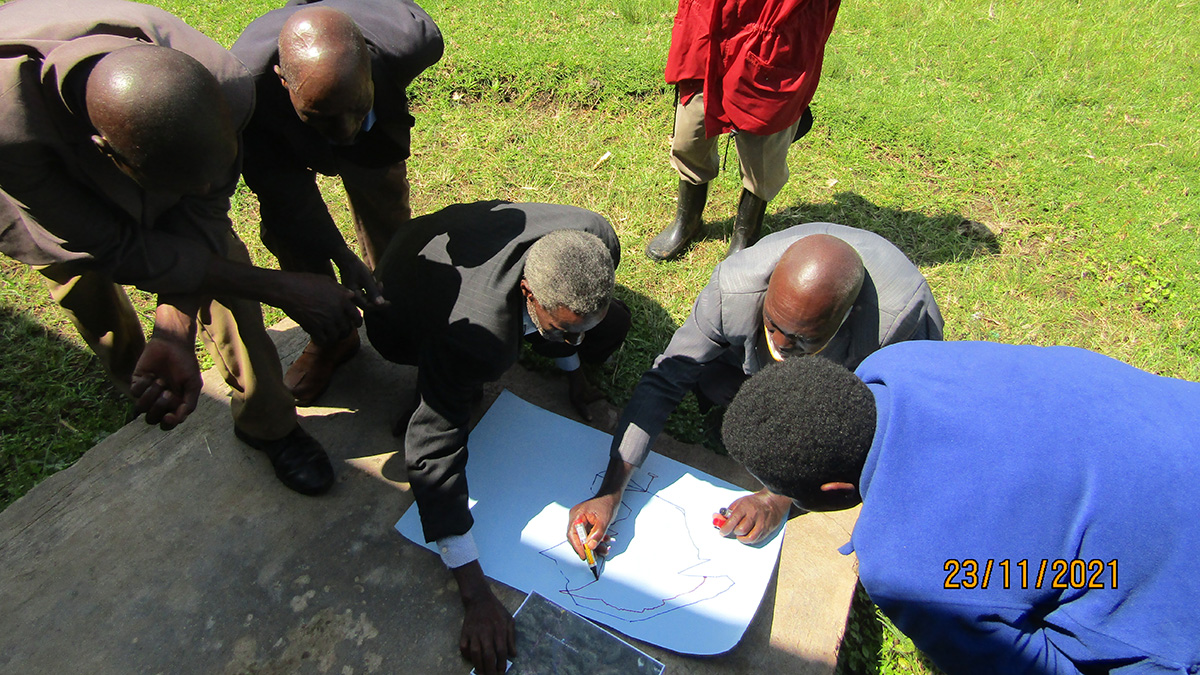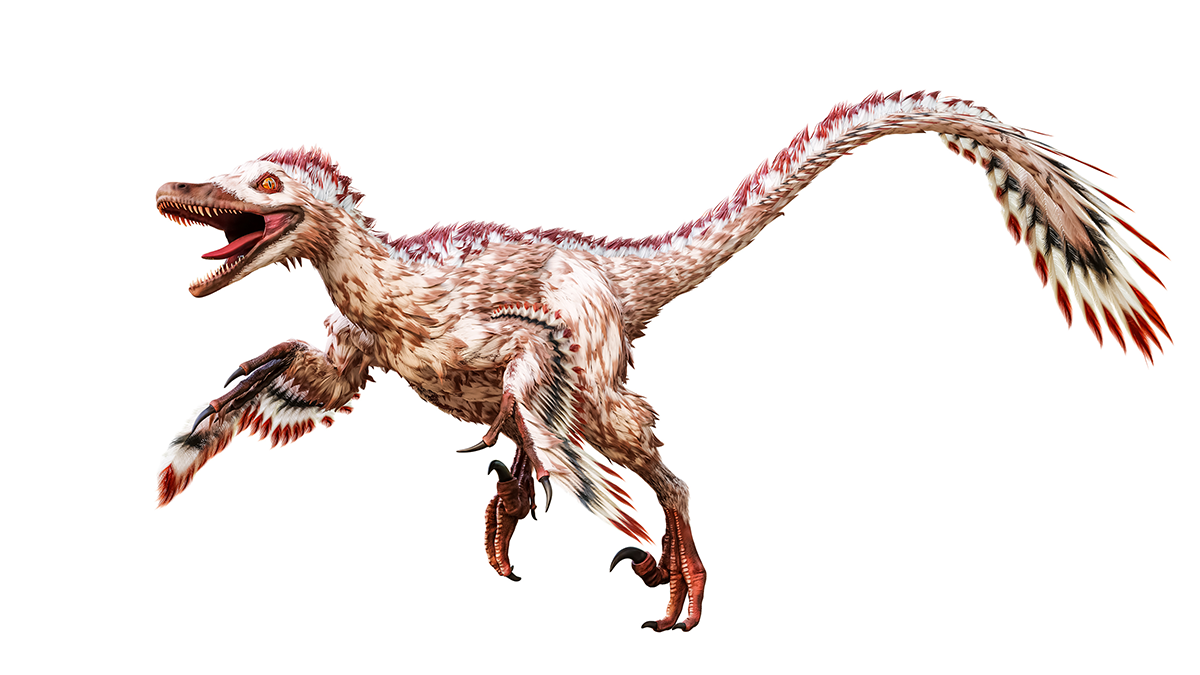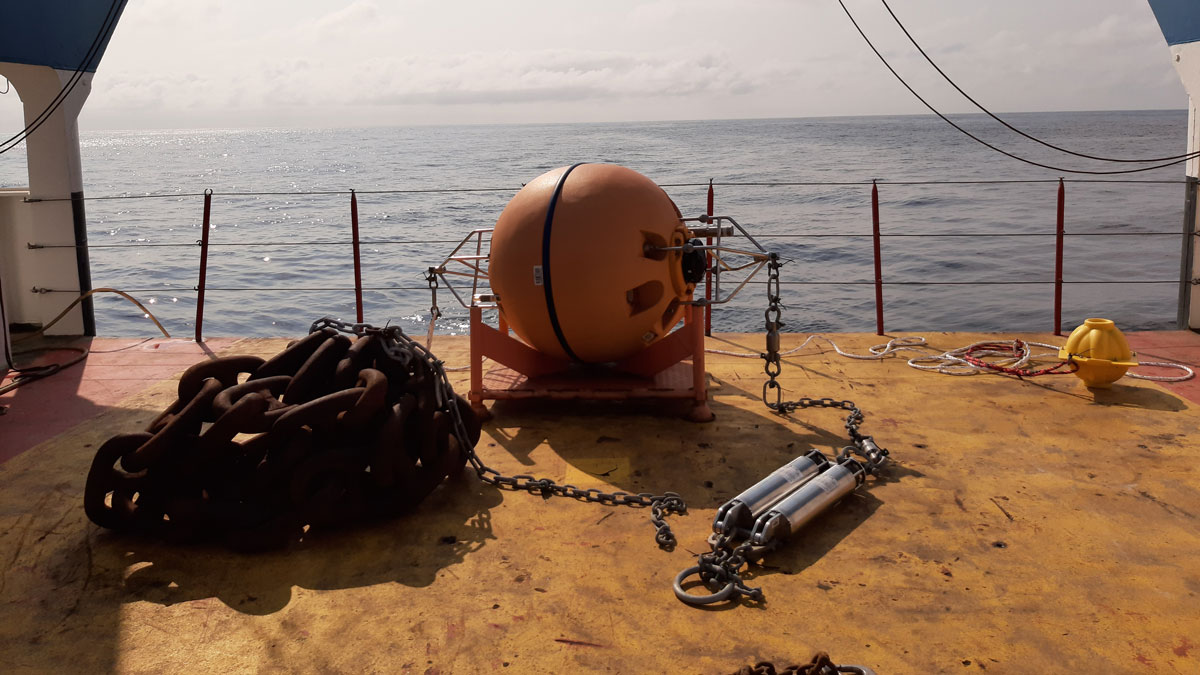New high-resolution seafloor imagery shows a series of delicate ridges produced by the glacier’s front as it bobbed daily with the tides, revealing a recent period of rapid retreat.New high-resolution seafloor imagery shows a series of delicate ridges produced by the glacier’s front as it bobbed daily with the tides, revealing a recent period of rapid retreat.
ENGAGE
Arctic Glaciers, a Peruvian Volcano, and a Russian Famine
A team studying Russian glaciers found evidence that a volcanic eruption in southern Peru changed the planet’s climate at the beginning of the 17th century.
Ancient Nile Tributary May Have Aided Pyramid Construction
Pollen from sediment cores shows that a now dry channel cutting through Giza was once a flowing waterway that Egyptian pyramid builders could have used to transport supplies.
Rain Makes Skulls Bigger—in Mice
New research shows how regional weather, shaped by towering mountain ranges, might influence the size and shape of local rodents.
Written in Stone: Inca Buildings Remember Ancient Earthquakes
Damage to the Inca buildings of Cusco reveals a forgotten earthquake history that could help scientists understand modern seismic hazards.
Early Life Learned to Love Oxygen Long Before It Was Cool
Laboratory experiments show that earthquakes may have helped early life evolve in an oxygen-free world.
Radiocarbon’s Blast from the Past
Radiocarbon dating is a cornerstone of climate and archaeological sciences. But the method is under threat as fossil fuel emissions negate a useful signal from atomic tests.
Proyecto de ciencia comunitaria ayuda a rastrear los riesgos geológicos en Uganda
Un proyecto comunitario en las tierras altas de Kigezi está ayudando a identificar puntos calientes de deslizamientos de tierra e inundaciones y cómo los peligros están evolucionando.
Volcanic Winters Ushered in the Jurassic Reign of the Dinosaurs
Sediment cores from northwestern China reveal freezing conditions during the Late Triassic killed off many forms of life—but not dinosaurs.
River Floods Can Trigger Powerful Underwater Landslides
A record-length turbidity current triggered by river flooding has revealed a new link between the surface and the deep sea.


